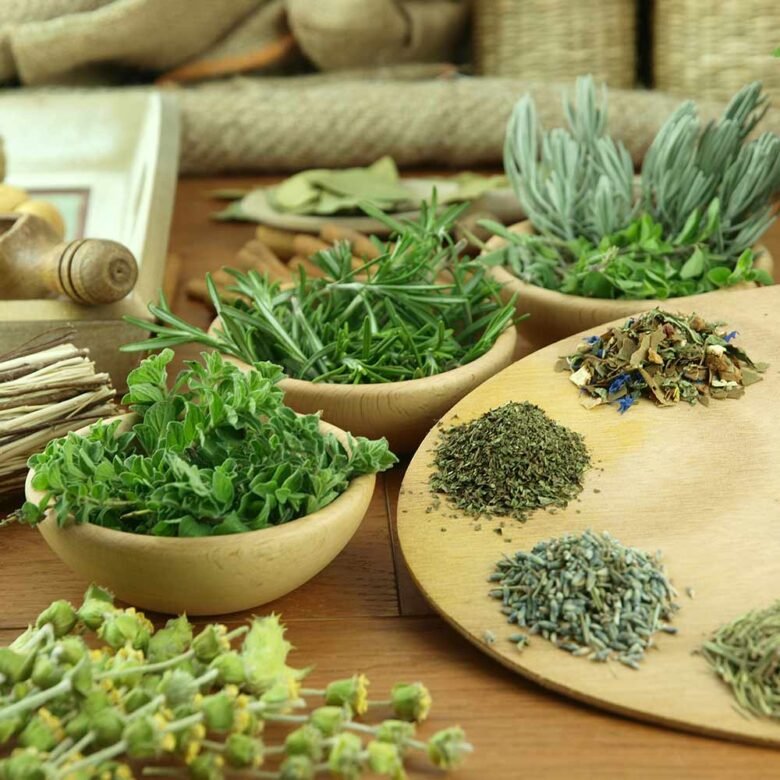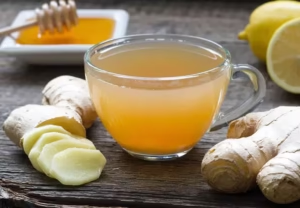Herbal medicine has been part of human history for thousands of years, yet many people today either underestimate its potential or use it without proper knowledge. Some assume herbal remedies are always safe because they’re “natural,” while others dismiss them entirely in favor of synthetic options. In reality, herbal medicine can be a powerful and safe way to support health—if used correctly. This guide will walk you through the basics of herbal healing, how to choose the right remedies, and practical tips for getting started without risking your safety.
1. Understanding Herbal Medicine
Herbal medicine involves using plants, or parts of plants, to promote healing and prevent illness. Remedies can come in the form of teas, tinctures, capsules, essential oils, or topical applications.
Many cultures—such as Traditional Chinese Medicine and Ayurveda—have refined herbal use for centuries. Modern research now supports some of these practices, showing that herbs like ginger, chamomile, and echinacea can have measurable benefits.
The key is understanding that herbs are not just “soft” medicine—they contain active compounds that can affect your body in significant ways. This makes them both potentially helpful and potentially harmful if misused.
2. Choosing Quality Herbs
The quality of your herbs matters as much as the herb itself. Poorly grown or processed herbs may contain contaminants or lack the potency you need.
Whenever possible, choose herbs from reputable suppliers who test for purity and potency. Organic certification can reduce the risk of pesticide exposure. Look for whole herbs rather than heavily processed products, as these often retain more of their natural compounds.
If you’re growing herbs yourself, harvest them at the right time—usually when their oils and active ingredients are at their peak—and dry them in a cool, dark space to preserve their benefits.
3. Learning the Right Dosage
Even the safest herb can cause problems if taken in excessive amounts. For example, too much peppermint tea can lead to stomach upset, and overusing licorice root can affect blood pressure.
Follow dosage guidelines from trusted sources such as herbal textbooks, certified herbalists, or scientific studies. If you’re using a packaged product, read the label carefully.
It’s better to start with the lowest effective dose and gradually increase only if needed. Your body’s response is the best indicator of whether a remedy is working for you.
4. Understanding Possible Interactions
Herbs can interact with prescription medications, over-the-counter drugs, and even other herbs. For example, St. John’s Wort can reduce the effectiveness of certain birth control pills, and ginkgo biloba can thin the blood, increasing bleeding risk when combined with aspirin.
If you take any medications, speak with your healthcare provider before starting a new herbal remedy. They can check for potential conflicts and adjust your treatment plan if needed.
Keeping a simple herbal journal to track what you take, when you take it, and how you feel can also help you spot any unexpected side effects early.
5. Starting with Gentle, Well-Known Herbs
As a beginner, it’s best to start with mild herbs that have a long track record of safe use. Examples include:
- Chamomile – Calms the nervous system and supports digestion.
- Peppermint – Helps with indigestion and mild headaches.
- Ginger – Reduces nausea and supports circulation.
- Echinacea – Supports immune function during cold season.
These herbs are widely available, easy to prepare, and have minimal side effects for most people. Once you’re comfortable with these, you can explore more specialized plants.
6. Preparing Herbal Remedies at Home
You don’t need a fancy setup to start making herbal remedies. In fact, many preparations are simple:
- Herbal teas – Steep dried leaves or flowers in hot water for 5–10 minutes.
- Infused oils – Soak herbs in oil for several weeks to use in massage or skincare.
- Tinctures – Extract herbs in alcohol or glycerin for long-term storage.
- Poultices – Apply mashed fresh herbs directly to the skin to soothe injuries.
Start with one preparation method and experiment. The process itself can be therapeutic, and you’ll gain confidence in working with plants directly.
7. Storing Herbs Properly
Proper storage keeps herbs fresh and potent for longer. Light, heat, and moisture can break down the active compounds in plants.
Store dried herbs in airtight glass jars in a cool, dark cupboard. Label them with the name and date of harvest or purchase. On average, most dried herbs remain effective for 1–2 years, while tinctures can last for several years if stored well.
If you notice changes in color, smell, or texture, it’s time to replace the herb. Freshness directly affects how well the remedy works.
8. Working with a Qualified Herbalist
While many people learn herbal medicine through books or self-study, working with a trained herbalist can speed up your learning and help you avoid mistakes.
A good herbalist will take your medical history, current medications, and personal health goals into account before recommending herbs. They can also guide you on proper sourcing, preparation, and dosage.
If you’re unsure how to find one, check for local herbal schools, community health centers, or online directories from professional associations.
9. How to Stay Motivated in Your Herbal Journey
Learning herbal medicine is like learning a new language—it takes patience and regular practice. Set small, achievable goals, like mastering one new herb each month.
Join herbal study groups online or in your community. Sharing experiences with others keeps your interest alive and helps you discover new remedies.
You can also track your progress by keeping a herbal journal, noting the recipes you’ve tried, how they worked, and what you’d change next time. Reward yourself when you stick to your learning plan—maybe with a new herb to experiment with or a good herbal reference book.
Final Thoughts
Herbal medicine offers a safe and effective path to better health when approached with respect and knowledge. You don’t have to become an expert overnight—start with familiar plants, learn their uses, and pay attention to how your body responds.
Consistency matters more than perfection. By building your herbal knowledge step by step, you’ll create a reliable toolkit for everyday wellness. The plants have been here all along—you just need to learn how to work with them wisely.




